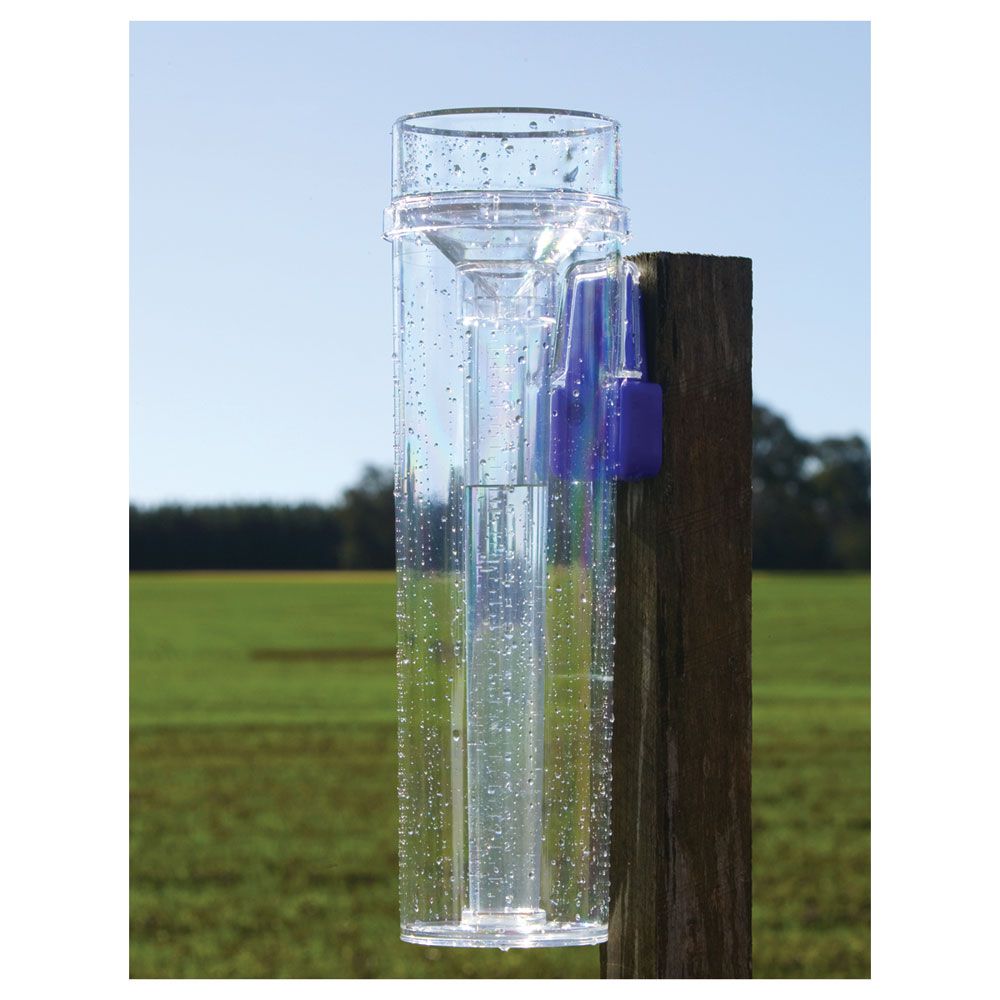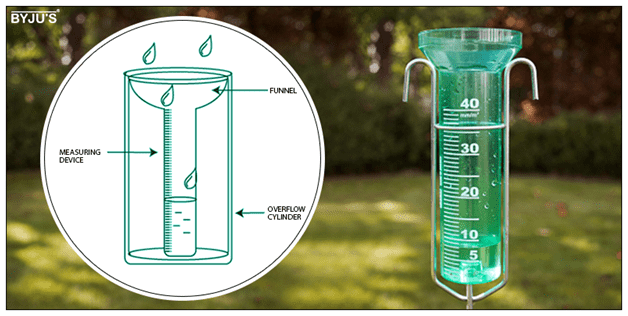How to Pick the Right Rain Gauge for Reliable Rainfall Tracking
Wiki Article
Discovering the Development of Rain Determines: From Traditional to Smart Instruments for Improved Precision in Rainfall Measurement
The dimension of rainfall has actually been an essential facet of meteorology for centuries, shaping our understanding of weather condition patterns and environment fads - rain gauge. From the very early hand-operated rainfall determines to the more recent introduction of smart devices, the development of rain measurement tools has been a journey noted by advancement and accuracy. By tracing the developments in rain gauge innovation from typical versions to the cutting-edge smart devices these days, we can obtain beneficial understandings right into exactly how these advancements have revolutionized the way we collect and analyze rains informationEarly Manual Rain Evaluates
During antiquity, basic vessels were used to gauge rains manually, marking the very early origins of rainfall assesses. These early rain determines were straightforward containers put in open areas to collect rain. The gathered water was then by hand gauged using markings on the container to determine the quantity of rains that had occurred within a specific period.Although these hands-on rainfall gauges were effective in offering a fundamental understanding of rainfall patterns, they were limited in precision and precision. Factors such as dissipation, wind, and spillage could impact the measurements, causing potential errors in the recorded data.

In spite of their constraints, early manual rain gauges played a vital duty in the growth of more sophisticated rain dimension gadgets. The idea of gathering and measuring rainfall laid the structure for the development of advanced rain determines that made use of clinical principles to supply even more reliable and accurate information. This development inevitably caused the advancement of contemporary rain gauges capable of recording specific measurements in various environmental conditions.
Growth of Mechanical Rainfall Scales
The development from very early manual rain gauges to much more sophisticated mechanical rain measurement tools marked a significant leap in the evolution of rain gauge innovation. Mechanical rain gauges, also called tipping bucket rain determines, operate on a simple yet efficient principle. These devices consist of a channel that accumulates rainwater and channels it into a small seesaw-like system - rain gauge. As the rain loads one side of the device, it suggestions, creating the water to be cleared out, and simultaneously taping the quantity of rains. This style permits automatic measurements, making it more precise and effective contrasted to manual techniques.Mechanical rainfall evaluates are commonly made from sturdy products like stainless steel or plastic, ensuring long life and reliability even in severe climate problems. With innovations in technology, modern mechanical rainfall determines can additionally be geared up with digital sensors to transfer real-time data wirelessly to data collection systems. This mix of mechanical effectiveness and electronic connection has actually made mechanical rainfall determines a popular selection for atmospheric stations, research study establishments, and agricultural applications where precise rainfall dimensions are essential for decision-making procedures.
Introduction of Electronic Rainfall Gauges

Electronic rainfall gauges deal significant benefits over conventional mechanical assesses, consisting of higher accuracy, the ability to measure smaller sized increments of rainfall, and decreased upkeep requirements. By leveraging digital components like tipping buckets or acoustic sensing units, these devices can provide comprehensive details on rains intensity, duration, and distribution patterns with improved reliability.
In addition, the assimilation of digital rainfall evaluates right into climate tracking networks makes it possible for the collection of huge quantities of data for evaluation and projecting functions. This data can be used to boost anticipating versions, boost early caution systems for extreme climate occasions, and assistance environment research initiatives. In general, the intro of digital rain gauges stands for a pivotal improvement in the area of weather forecasting, helping with much more comprehensive and specific rains measurement abilities.
Transition to Wireless Rain Determines
Advancing past conventional approaches, meteorological instrumentation has considerably changed towards cordless rainfall determines for enhanced data collection and transmission. These cutting-edge devices make use of wireless modern technology to transmit real-time rains data to central systems, offering scientists and meteorologists instant accessibility to accurate and reliable information. The transition to cordless rainfall evaluates eliminates the need for hand-operated data collection, minimizing human error and enhancing performance in monitoring rainfall patterns.Wireless rain evaluates are outfitted with sensing units that can identify even the slightest amount of rainfall, offering specific dimensions for better evaluation and projecting. The smooth combination of these evaluates right into existing weather condition monitoring networks permits detailed information collection throughout various geographical locations, enabling an extra extensive understanding of rainfall circulation and strength.
Moreover, the wireless ability of these rain gauges makes it possible for remote surveillance in hard-to-reach or harmful areas, expanding the extent of rains dimension in challenging atmospheres. With their capacity to simplify data transmission and enhance precision, wireless rain gauges stand for a substantial advancement in meteorological modern technology, boosting the precision and integrity of rainfall dimension for scientific study and operational projecting.
The Period of Smart Rainfall Gauges
Arising as a crucial innovation in meteorological instrumentation, wise rain assesses integrate cutting-edge modern technology for enhanced data collection and that site evaluation. These cutting-edge devices are outfitted with sensors that can determine not only the amount of rainfall yet likewise added parameters such as intensity, period, and also go down dimension circulation. By leveraging wireless connectivity, smart rain gauges can transmit real-time data to atmospheric stations, supplying immediate access to exact rainfall dimensions.Among the crucial attributes of wise rain gauges is their capacity to autonomously change for ecological elements that may impact the precision of traditional rain assesses, such as wind disturbance or dissipation. This self-correction system guarantees find out here that the information accumulated is more trusted and regular, bring about improved projecting versions and better-informed decision-making in various sectors like agriculture, water resource management, and city preparation. The combination of man-made knowledge and device learning formulas in wise rainfall evaluates allows for innovative data evaluation, pattern acknowledgment, and forecasting abilities, even more boosting their energy in modern weather forecasting.
Final Thought

From the very early manual rainfall evaluates to the much more recent intro of clever gadgets, the advancement of rainfall dimension devices has been a trip noted by technology and precision.The progression from very early manual rain assesses to a lot more innovative mechanical rain dimension gadgets noted a considerable jump in the advancement of rainfall scale technology. Mechanical rain evaluates, also understood as tipping bucket rainfall evaluates, run on an easy yet efficient principle.One of the vital features of smart rain assesses is their capability to autonomously change for environmental factors that might influence the precision of traditional rain determines, such as wind disturbance or dissipation.In conclusion, the advancement of rainfall gauges has advanced from very early hands-on tools to digital and mechanical designs, eventually leading to the advancement of cordless and smart rain assesses.
Report this wiki page